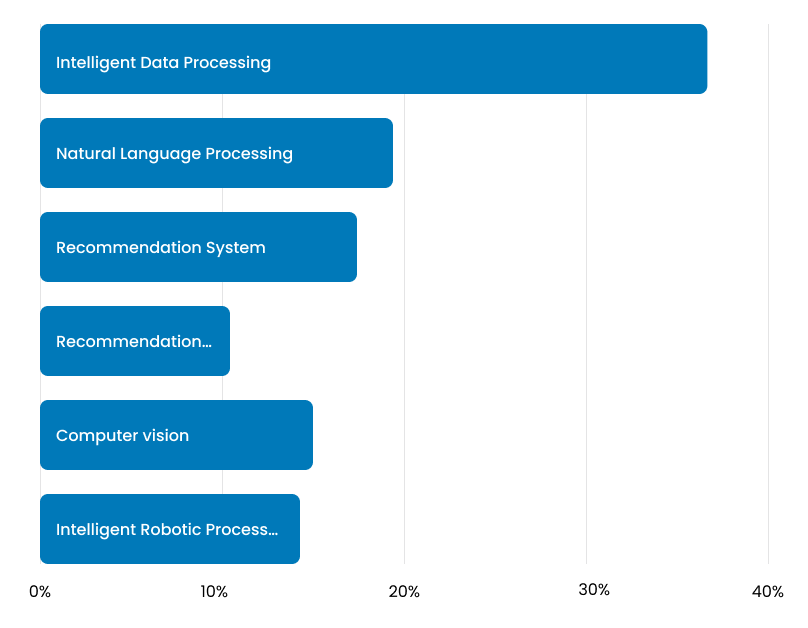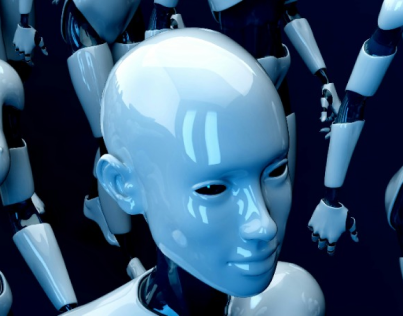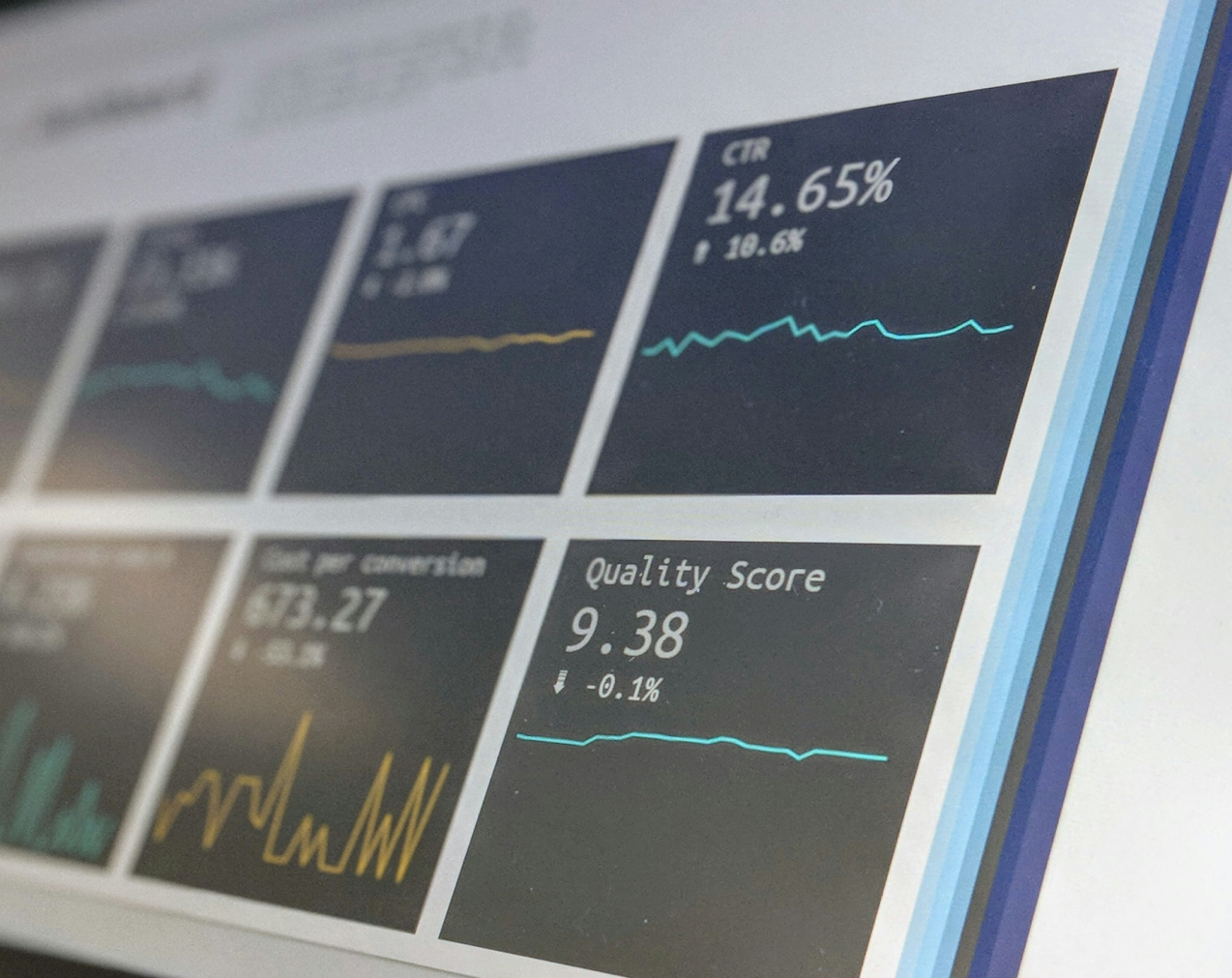Welcome to hands-on lab
ML and AI Hands-on Lab training
Welcome to hands-on lab
ML and AI Hands-on Lab training

Big Data
Computer Vision
Data Analysis
Data Collection
Machine Learning
Neural Network
Nlp
Predictive Analysis
Approach

Learning by example
Preparatory basis with the basic topics and the second phase of the laboratory on specific needs and use cases of the Customers
Case Study
Real case studies on which it was not possible, with traditional technologies, to express the real potential of data and apply them to become an Artificial Intelligence project.
Feasibility studies
- Predictive Analytics
- Customer care & Sentiment Analysis
- Customer Segmentation
- Recommendation Engine
- Sales Forecasting Methods
Development
Supporting the company's Development Team for the creation of software prototypes that will enhance the decision or predictive support of the traditional software in use
Course Program
TO THE FOUNDATIOS
This module illustrates the fundamental concepts that form the basis on which the current Al technology is based.
Knowing the fundamentals, having an overall idea of Al, understanding the terminologies necessary to move confidently in the vast and complex conceptual and technical, of Artificial Intelligence.
Who is it aimed at?
The module is aimed at all those interested in understanding what AL is and how it works.
The training requires no technical or programming background and there are no prerequisites to participate.
This first phase is preparatory to the subsequent modules, of a more markedly technical style. but it may be completely sufficient for those who need to understand to decide whether, and how, to introduce these methodologies into the company.
Concepts
- Conceptual and historical dimension
- From Al to Machine Learning
- Taxonomies of ML algorithms
- From data to predictive models
- The standard process of ML in business applications
Duration
The course lasts two days full time and can be delivered in fractions of half days.
Laboratories
The execution of examples carried out by the teacher is foreseen, but which can also be carried out by students on their own PCs, installing Open Source software available on the Internet.
Teaching materials
The teaching material consists of slides, monographs and example data and programs, in source format. All the material – including programs and data – is made available to the learners.
DATA SCIENCE & MACHINE LEARNING
the module delves into the fundamentals of ML in its most technical aspects. The aim is to understand the value of the data in terms of information content in order to successfully feed the algorithms. The topic of the data-knowledge-algorithms-models-forecast process is addressed.
Who is it aimed at?
The module is aimed at predominantly technical figures, capable of understanding the writing of software in Python and R. The objective is to enable learners to carry out the entire machine learning process, from data to predictions.
Concepts
- Taxonomies of algorithms
- The most used algorithms for each type of data
- The criteria that guide the choice of models to be adopted in production
- The formats of the source data
- The EDA (Exploratory Data Analysis) and FE (Feature Engineering) phases
- Data manipulation with Text Processing tools
- The standard process of ML in business applications
Duration
The course lasts two days full time and can be delivered in fractions of half days.
Laboratories
The execution of examples carried out by the teacher is foreseen, but which can also be carried out by students on their own PCs, installing Open Source software available on the Internet. It is expected - again on the students' PCs - the installation of a virtual machine, with Linux OS and Python environment.
Teaching materials
The teaching material consists of slides, monographs and example data and programs, in source format. All the material – including programs and data – is made available to the learners.
NEURAL NETWORKS & DEEP LEARNING
A family of algorithms, available since the 1950s and still developed today, which has proven to be exceptionally improved compared to traditional ones, is that of neural networks. To understand its importance it is necessary to understand its evolutions and singularities.
Who is it aimed at?
The module is aimed at mainly technical figures, but also those - non-technical - who want to know the functioning of neural networks and Deep Learning networks, to understand the reason for their formidable contribution to the topic of Artificial Intelligence and the management of human language.
Concepts
- How neural networks are born
- The principles on which they are based
- Transition from Multi Layer Perceptron to Deep Learning
- Peculiar applications of neural networks
- The fundamental libraries
- Strengths and weaknesses of neural networks
- Typical examples of use of neural networks (Images, Videos etc)
Duration
The course lasts two days full time and can be delivered in fractions of half days.
Laboratories
The execution of examples carried out by the teacher is foreseen, but which can also be carried out by students on their own PCs, installing Open Source software available on the Internet. It is expected - again on the students' PCs - the installation of a virtual machine, with Linux OS and Python environment.
Teaching materials
The teaching material consists of slides, monographs and example data and programs, in source format. All the material – including programs and data – is made available to the learners.
TIME SERIES – RECOMMENDER – NLP
Once you understand the basic concepts of AI and ML, you can address the different ML methodologies that solve the most frequent use cases. Time series, recommendation engines and everything related to natural language processing, up to generative models, are now at the center of general attention.
Who is it aimed at?
The module is aimed at mainly technical figures, but also those - non-technical - who want to understand the "behind the scenes" of the many AI applications that are available today.
Concepts
- How neural networks are born
- The principles on which they are based
- Transition from Multi Layer Perceptron to Deep Learning
- Peculiar applications of neural networks
- The fundamental libraries
- Strengths and weaknesses of neural networks
- Typical examples of use of neural networks (Images, Videos etc)
Duration
The course lasts two days full time and can be delivered in fractions of half days.
Laboratories
The execution of examples carried out by the teacher is foreseen, but which can also be carried out by students on their own PCs, installing Open Source software available on the Internet. It is expected - again on the students' PCs - the installation of a virtual machine, with Linux OS and Python environment.
Teaching materials
The teaching material consists of slides, monographs and example data and programs, in source format. All the material – including programs and data – is made available to the learners.
BIG DATA & MACHINE LEARNING
The Big Data paradigm requires, even for ML, tools different from those seen in the "normal" context. The Big Data topic is addressed in conceptual and practical terms, with real examples.
Who is it aimed at?
The module is aimed at mainly technical figures, but also those - non-technical - who want to understand what Big Data is, what technical tools are available for its treatment, how Machine Learning applies to the Big Data world.
Concepts
- What is Big Data
- What software platforms are needed to manage them
- What are the impacts of Big Data on Machine Learning algorithms
- What are the current solutions for creating Machine Learning models on Big Data
Duration
The course lasts two days full time and can be delivered in fractions of half days.
Laboratories
The execution of examples carried out by the teacher is foreseen, but which can also be carried out by students on their own PCs, installing Open Source software available on the Internet. It is expected - again on the students' PCs - the installation of a virtual machine, with Linux OS and Python environment.
Teaching materials
The teaching material consists of slides, monographs and example data and programs, in source format. All the material – including programs and data – is made available to the learners.
AI/ML - Training Path
AI Foundations
Introduction and history
Learning by Example
Historical notes, human learning, link between artificial intelligence and machine learning, technical nomenclature and use cases in the Finance, Marketing, Customer Care and Industrial Production Areas sectors
Machine learning
The aim of the course is to understand the VALUE of DATA in terms of information content to successfully feed algorithms. Finally, the theme of the PROCESS of DATA-KNOWLEDGE-ALGORITHMS-MODELS and PREDICTIONS is finally addressed
Data Science & Machine Learning
Technical aspects and the value of data
Neural Networks and Deep Learning
Algorimics and Artificial Neural Network
Artificial Human Brain
In-depth study of neural networks and Deep Learning networks, to understand how supervised learning, unsupervised learning and reinforcement learning are fundamental for Artificial Intelligence and in the understanding of human language.
Time Series– Recommender – NLP
Time series, recommendation engines and everything related to natural language processing, up to generative models, are the focus of general attention today.
Time Series - Recommender - NLP
Most well-known use cases
Big Data & ML
Machine Learning and Big Data
Big Data & ML
Historical notes, human learning, link between artificial intelligence and machine learning, technical nomenclature and use cases in the Finance, Marketing, CustomUnderstand why Machine Learning and Big Data are closely connected in order to create high-performance and responsive artificial intelligence projectser Care and Industrial Production Areas sectors
AI/ML - Training Path
AI Foundations
Introduction and history
Learning by Example
Historical notes, human learning, link between artificial intelligence and machine learning, technical nomenclature and use cases in the Finance, Marketing, Customer Care and Industrial Production Areas sectors
Data Science & Machine Learning
Technical aspects and the value of data
Machine learning
The aim of the course is to understand the VALUE of DATA in terms of information content to successfully feed algorithms. Finally, the theme of the PROCESS of DATA-KNOWLEDGE-ALGORITHMS-MODELS and PREDICTIONS is finally addressed
Neural Networks and Deep Learning
Algorimics and Artificial Neural Network
Artificial Human Brain
In-depth study of neural networks and Deep Learning networks, to understand how supervised learning, unsupervised learning and reinforcement learning are fundamental for Artificial Intelligence and in the understanding of human language.
Time Series - Recommender - NLP
Most well-known use cases
Time Series– Recommender – NLP
Time series, recommendation engines and everything related to natural language processing, up to generative models, are the focus of general attention today.
Big Data & ML
Machine Learning and Big Data
Big Data & ML
Understand why Machine Learning and Big Data are closely connected in order to create high-performance and responsive artificial intelligence projects
- Alan Turing
The Evolution of Language and Machine Intelligence
I believe that at the end of the century the use of words and general educated opinion will have altered so much that one will be able to speak of machines thinking without expecting to be contradicted

AI Business Use Cases
Predictive and decisional analisys revenue growth & cost reduction case studies
Big Data Analytics
NLP & ChatGPT
Bl Implementation
Predictive Analytics
Data Capture & OCR
Computer Vision
LLM-RAG integrates demographic and personality factors in AI educational training for more person…
Predictive analytics utilizes data analysis and machine learning to forecast future outcomes, aid…
Classification is a machine learning technique categorizing data into predefined classes based…
Voice analytics involves analyzing speech patterns and characteristics to extract insights for…
Logistic regression is a statistical method for analyzing datasets, predicting the probability of a…
Implementing AI Across Industries
We leverage artificial intelligence to speed up your marketing transformation and fuel sales. Analyze marketing campaigns, forecast demand and nurture data-based decision-making.
- Campaign performance forecasting
- Customer churn prediction
- Personalized advertising
- AI-led price optimization
- User-centric reporting
- Demand forecasting
- Smart data analytics
- Lead identification
- Sentiment analysis
Implement AI technology to track current E-commerce trends, better segment and target clients, and guarantee your customers supreme shopping experience.
- AR visual effects and immersiveness
- Client segmentation and retargeting
- Efficient customer data analysis
- Accurate AI-based visual search
- User-centric reporting
- Improved customer experience
- Brand health monitoring
- Shoplifting prevention
We build AI-based solutions to enhance healthcare delivery and improve patient outcomes. AI simplifies the healthcare journey: from diagnosis, treatment to monitoring.
- Business process optimization
- High-risk patient identification
- Accurate anomaly detection
- Chronic disease prevention
- Personalized treatment
- Treatment plan adjusting
- Medical image analysis
- Touchless authentication
Decrease inventory costs, improve inventory and shipping management, and prevent human error with robust artificial intelligent custom solutions for logistics and supply chain.
- Order management and freight control
- Automated document processing
- Price prediction and optimisation
- Smart inventory management
- Non-compiance identification
- Goods demand forecasting
- Cargo damage detection
- Brand health monitoring
We develop AI-powered finance solutions for simplified work processes and better customer service. Get data insights to customer retention and automate paperwork with AI technology.
- Customer service and insights
- Customer retention insights
- Brand health monitoring
- Credit scoring analytics
- Crime and fraud prevention
- Violent behavior detection
- Paper work automation
- Secured private data
Implement AI technology to track current E-commerce trends, better segment and target clients, and guarantee your customers supreme shopping experience.
- AR visual effects and immersiveness
- Client segmentation and retargeting
- Efficient customer data analysis
- Accurate AI-based visual search
- User-centric reporting
- Improved customer experience
- Brand health monitoring
- Shoplifting prevention
Our Trainers

Maurizio Gallo
Lecturer of Course X

Luke the First
Lecturer of Course X

Alex Red
Lecturer of Course X

Alex Red
Lecturer of Course X
- Alan Turing
AI transforms education for empowered, personalized learning.
Embark on an educational revolution where AI transforms the learning landscape, providing empowerment and personalized experiences. Explore cutting-edge technologies shaping a new era in education, placing students at the center of innovation and discovery.
AI Educational Learning pioneers the fusion of artificial intelligence and education. Our platform delivers tailored learning experiences, adapting to individual needs for effective knowledge acquisition. We strive to empower learners with innovative tools and resources, ensuring they thrive in an ever-evolving digital landscape.
Contact us
Thank you for contacting us. Your inquiry is important. We’ll prioritize it and get back to you as soon as possible. We appreciate your patience and understanding.


























